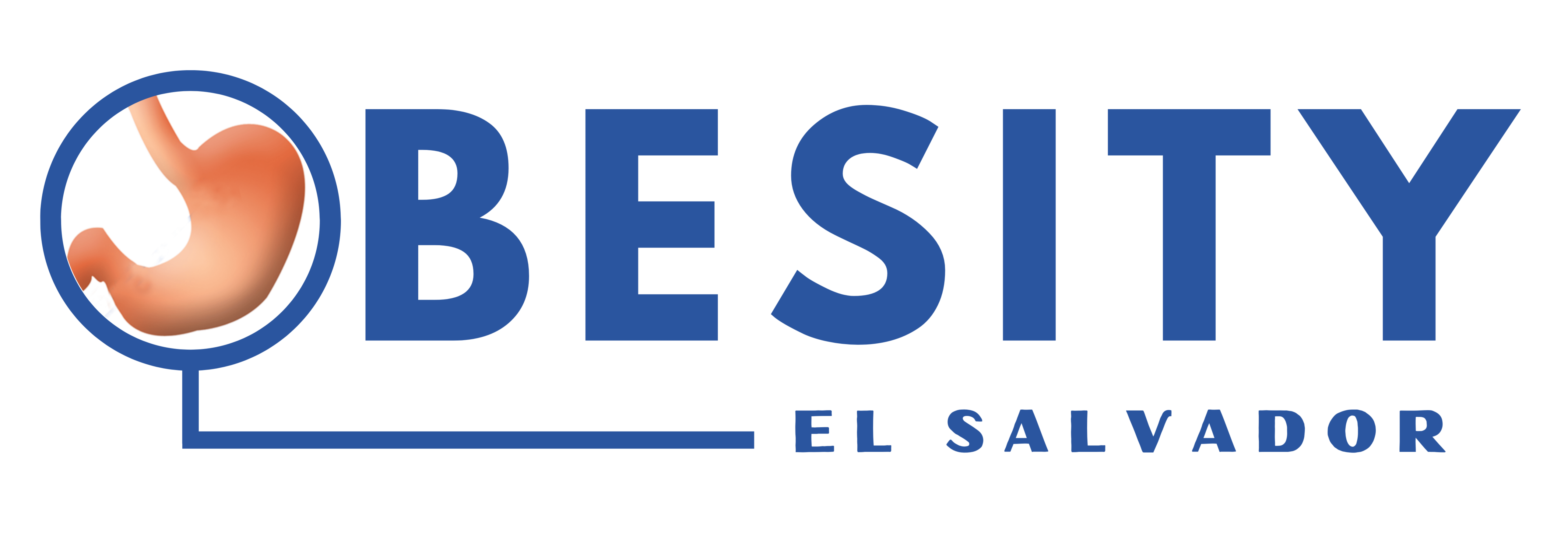
The SADIS is a technique that combines three utilities: treatment of extreme obesity, treatment of type two diabetes, and revision in case of gastric sleeve failure. It is a modern surgical procedure, based on the techniques of the “Mini Gastric Bypass or Bypass of a single anastomosis” and the “Doudenal” crossing, achieving the efficacy while avoiding the risks and adverse effects of both techniques.
Its acronym SADI-S (Single Anastomosis Doudeno-ileal with Sleeve Gastrectomy) or translated “Duodeno-Ileal Bypass, with Tubular Gastrectomy”, which actually describes how this technique is performed.
This technique achieves:
- A greater weight loss than the Gastric Sleeve.
- A higher cure rate of metabolic problems (diabetes, hypertension, high cholesterol) than gastric sleeve or gastric bypass.
- Patients have a good quality of life; they can eat regularly.
- Like patients of gastric sleeve, they do not suffer from diarrhea or flatulence.
This technique avoids:
- The bile flow risks of the “Mini Gastric Bypass or Single Anastomosis Bypass”.
- The risks of excessive malabsorption, with diarrhea and flatulence of the “Duodenal Crossing”.
This new technique allows us to have a powerful therapeutic tool for particularly complex cases. With this operation, we hope to be able to better attend patients with the indicated problems, in which the techniques currently available may be insufficient. The operation would be indicated in patients are:
- Patients with super-obesity (BMI > 50).
- Patients with very severe metabolic syndrome (diabetes mellitus, hypertension, high cholesterol and triglycerides).
- Patients in whom the Gastric Sleeve operation has failed.

